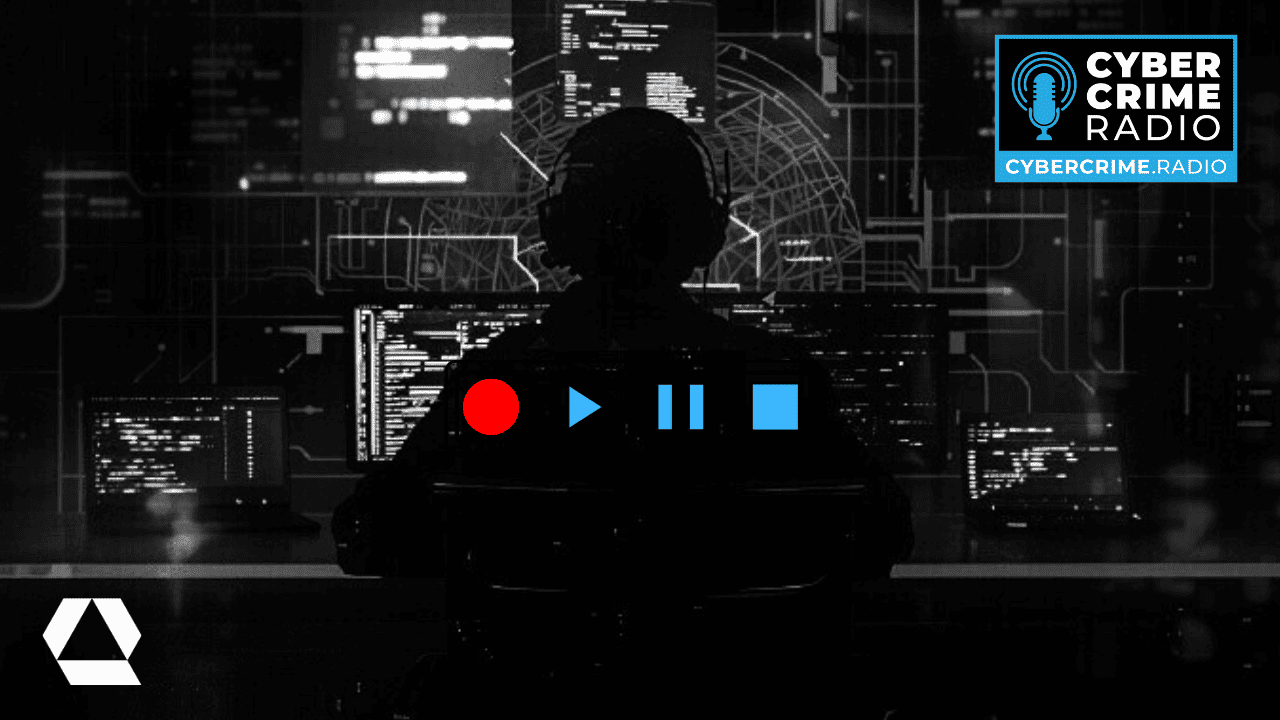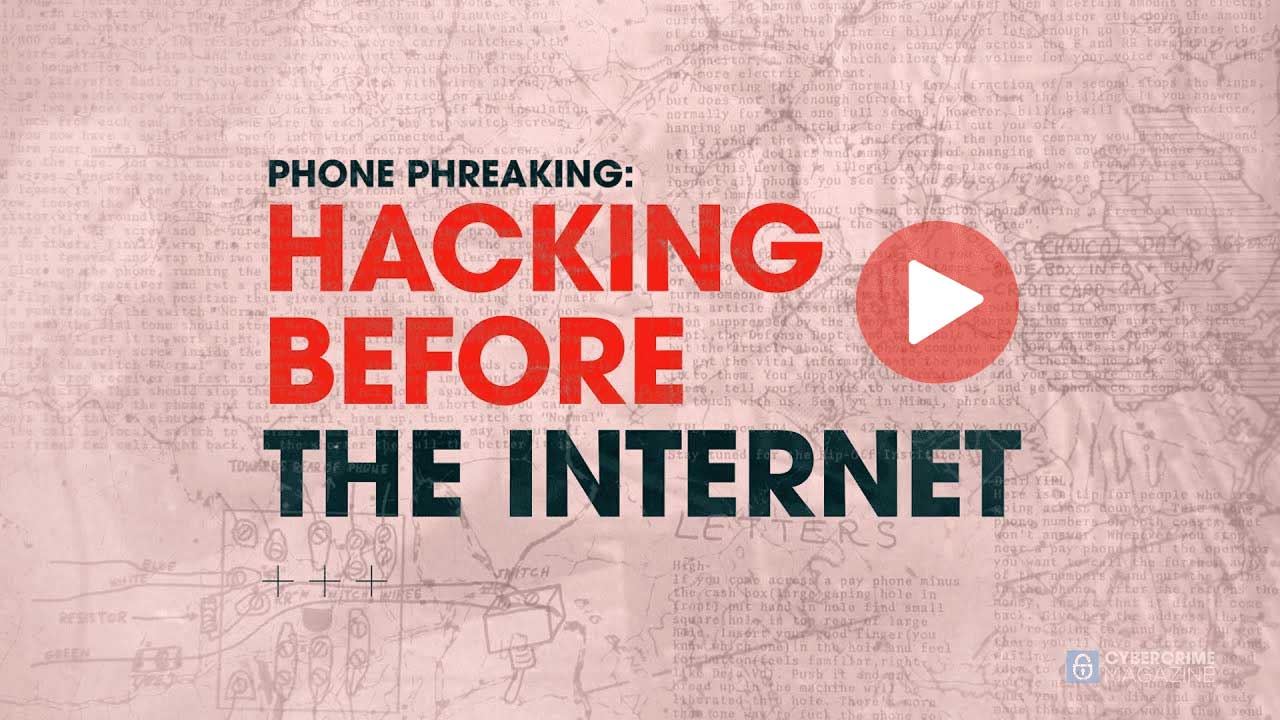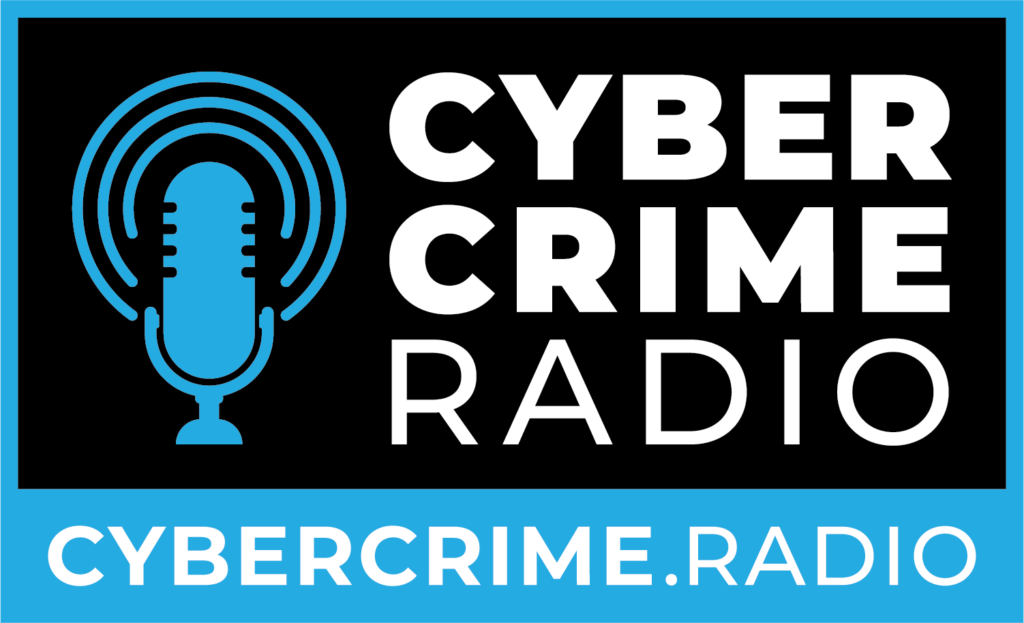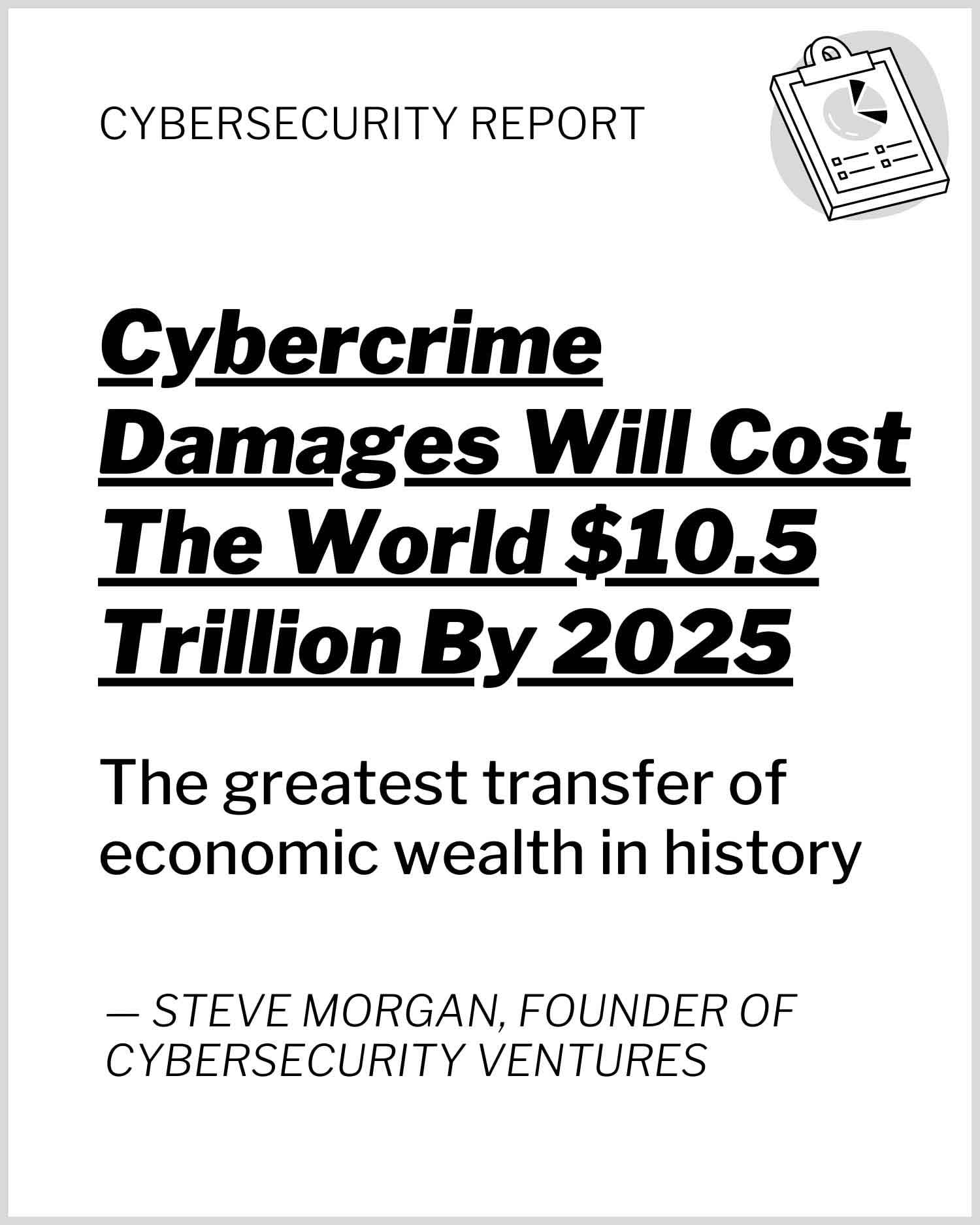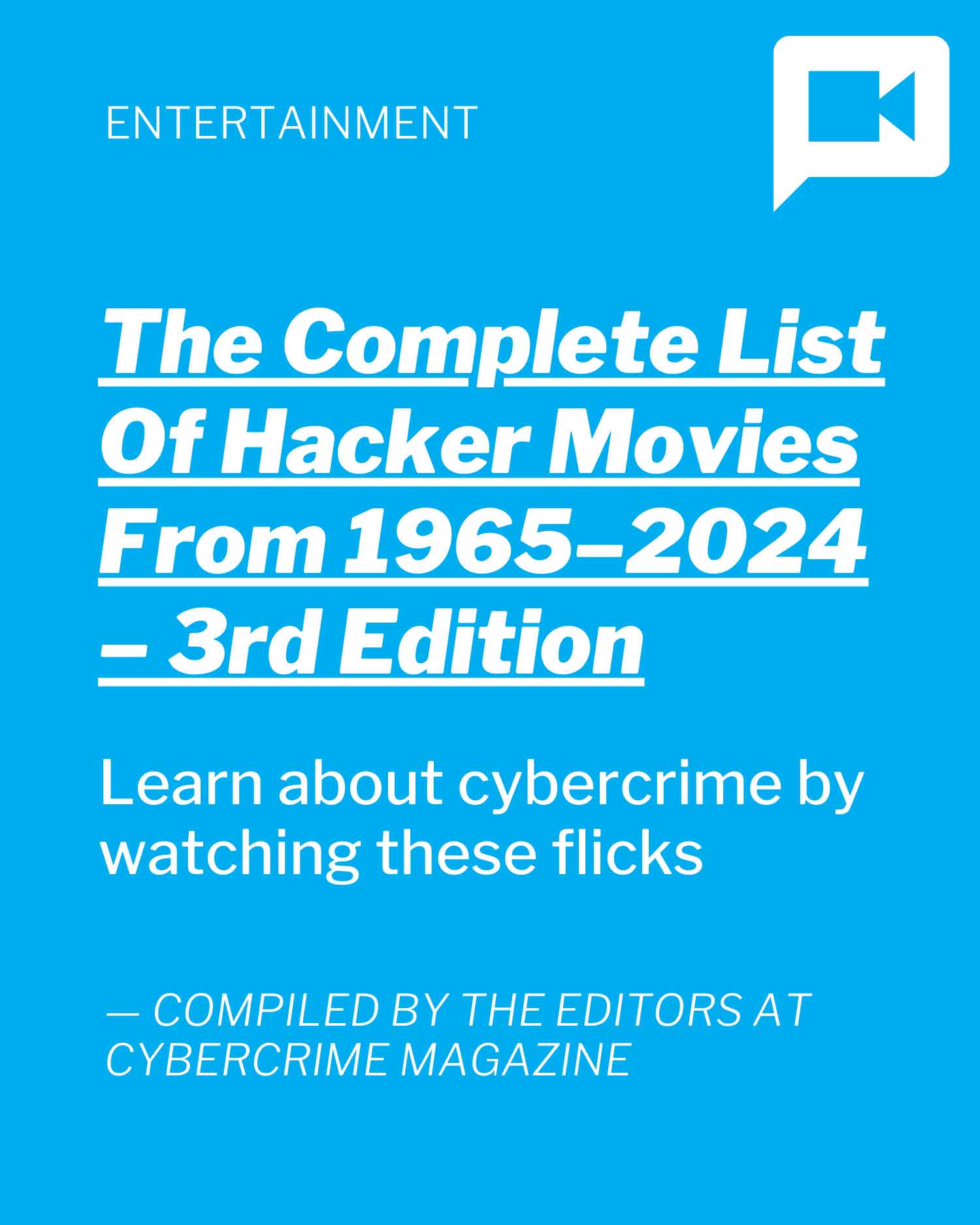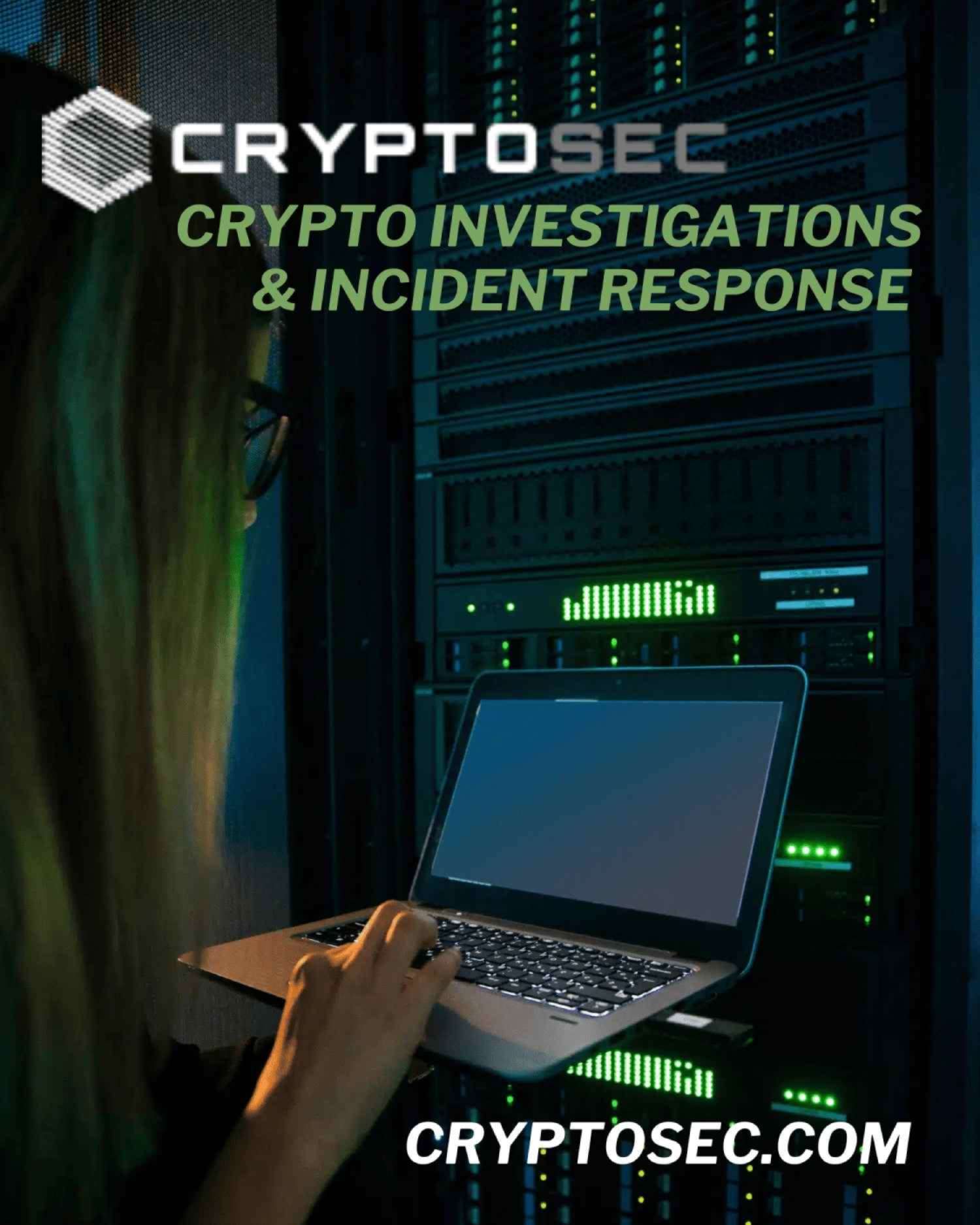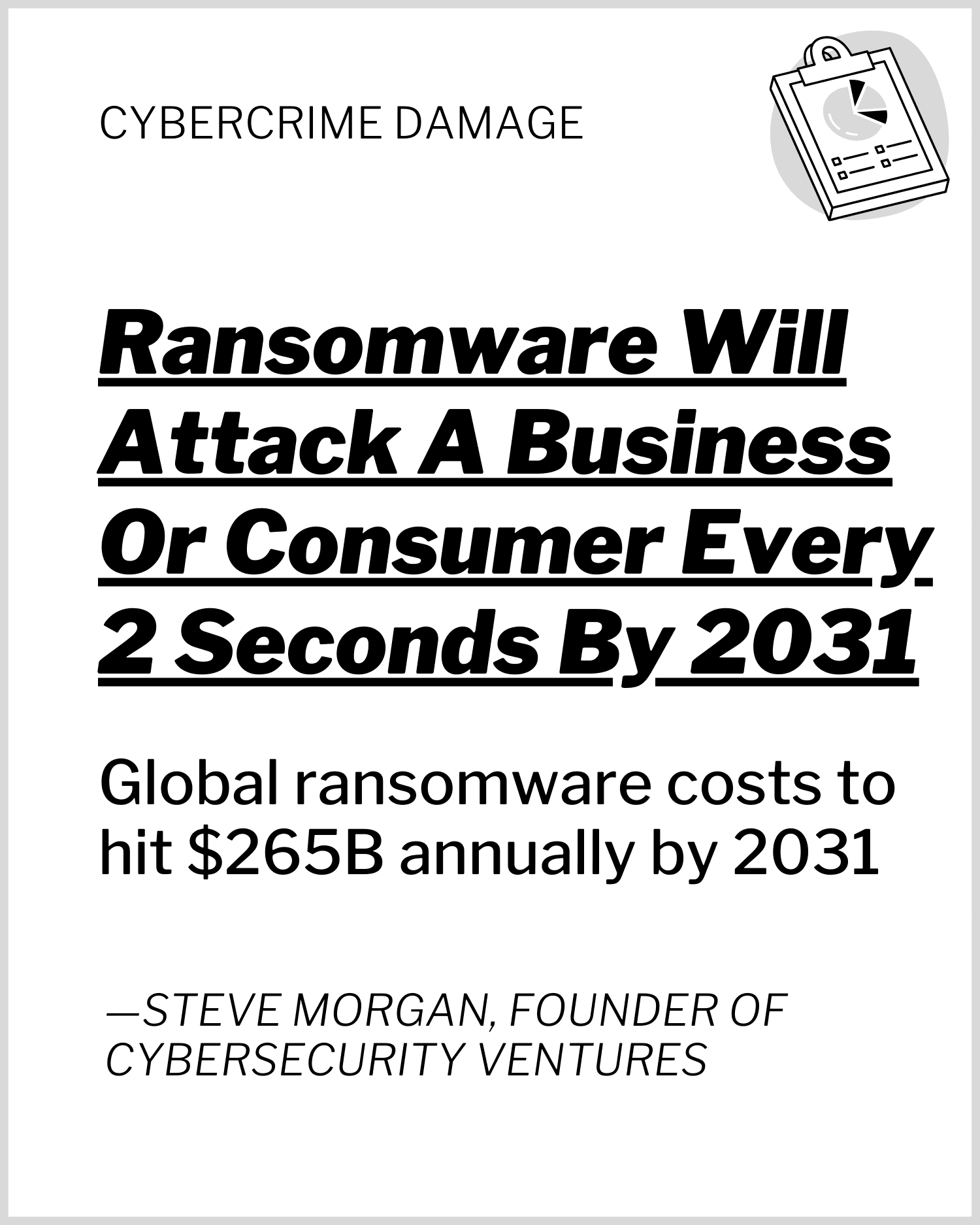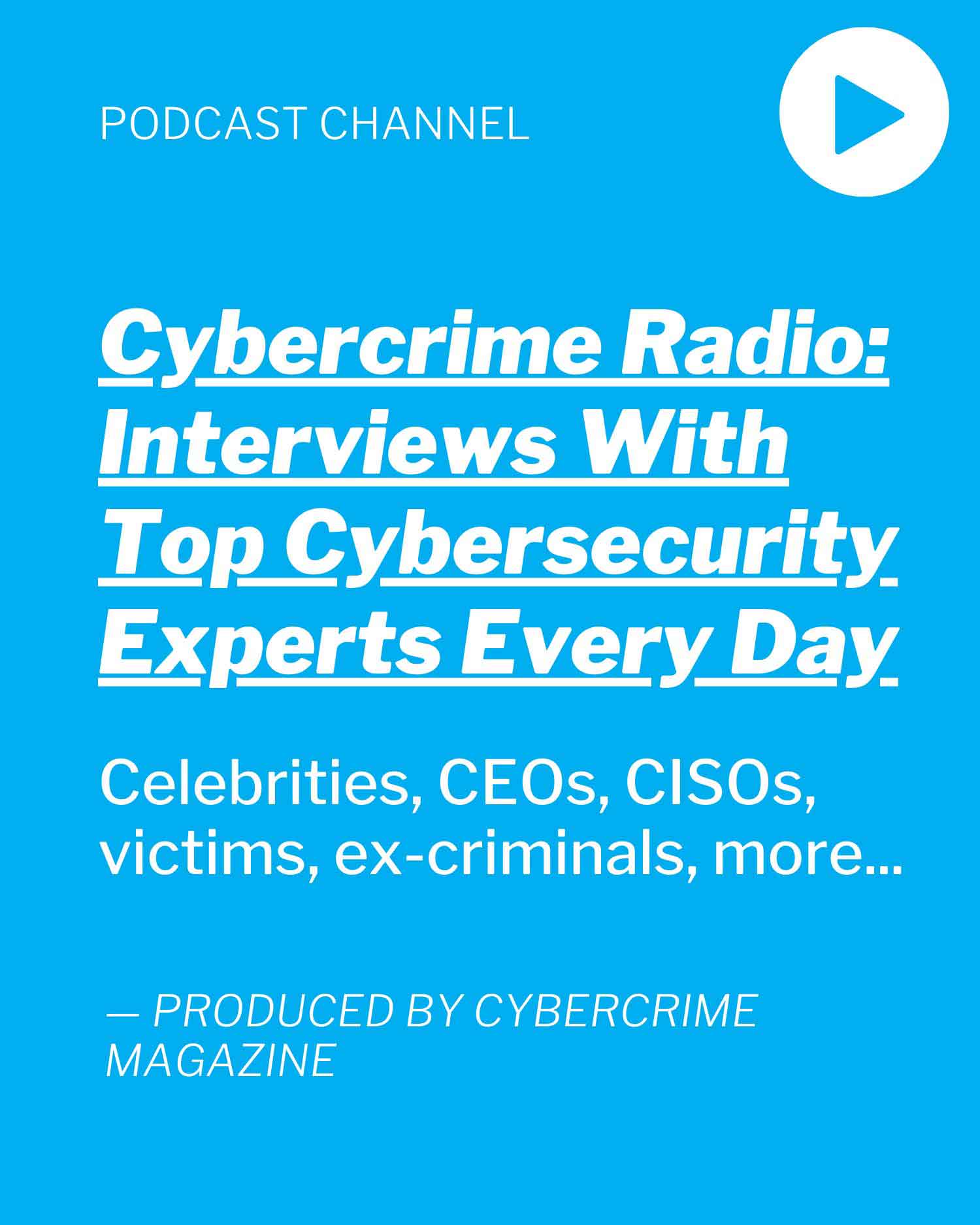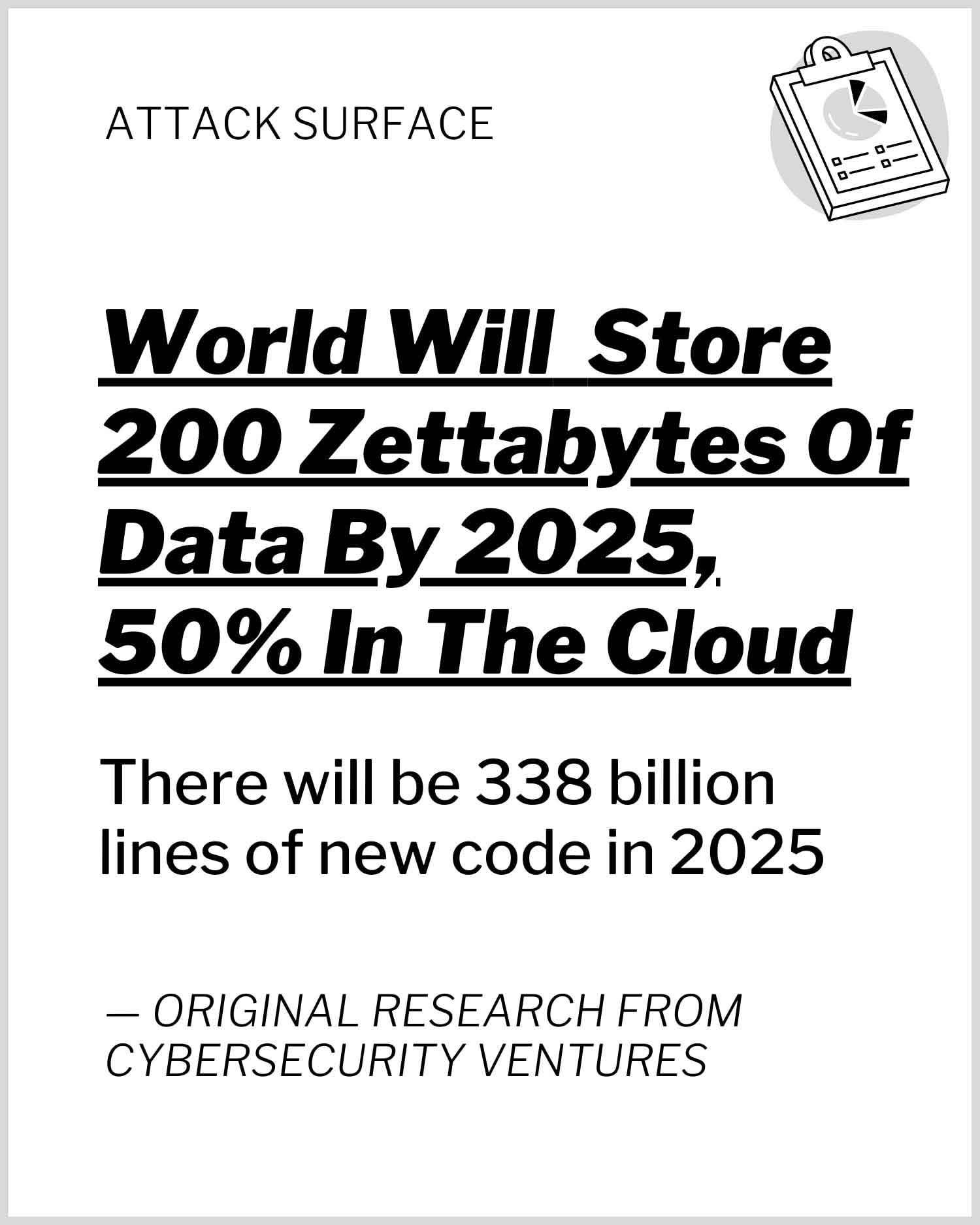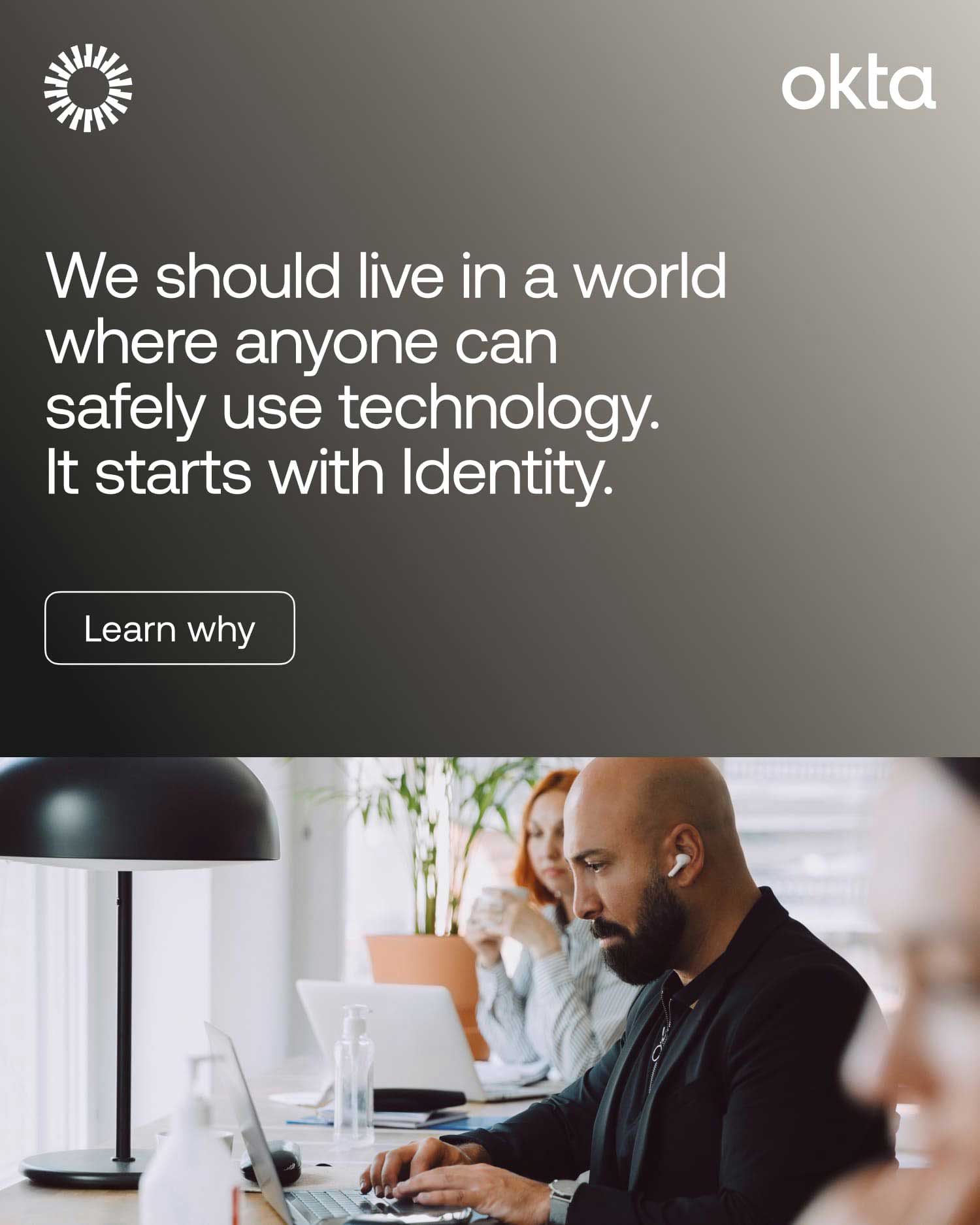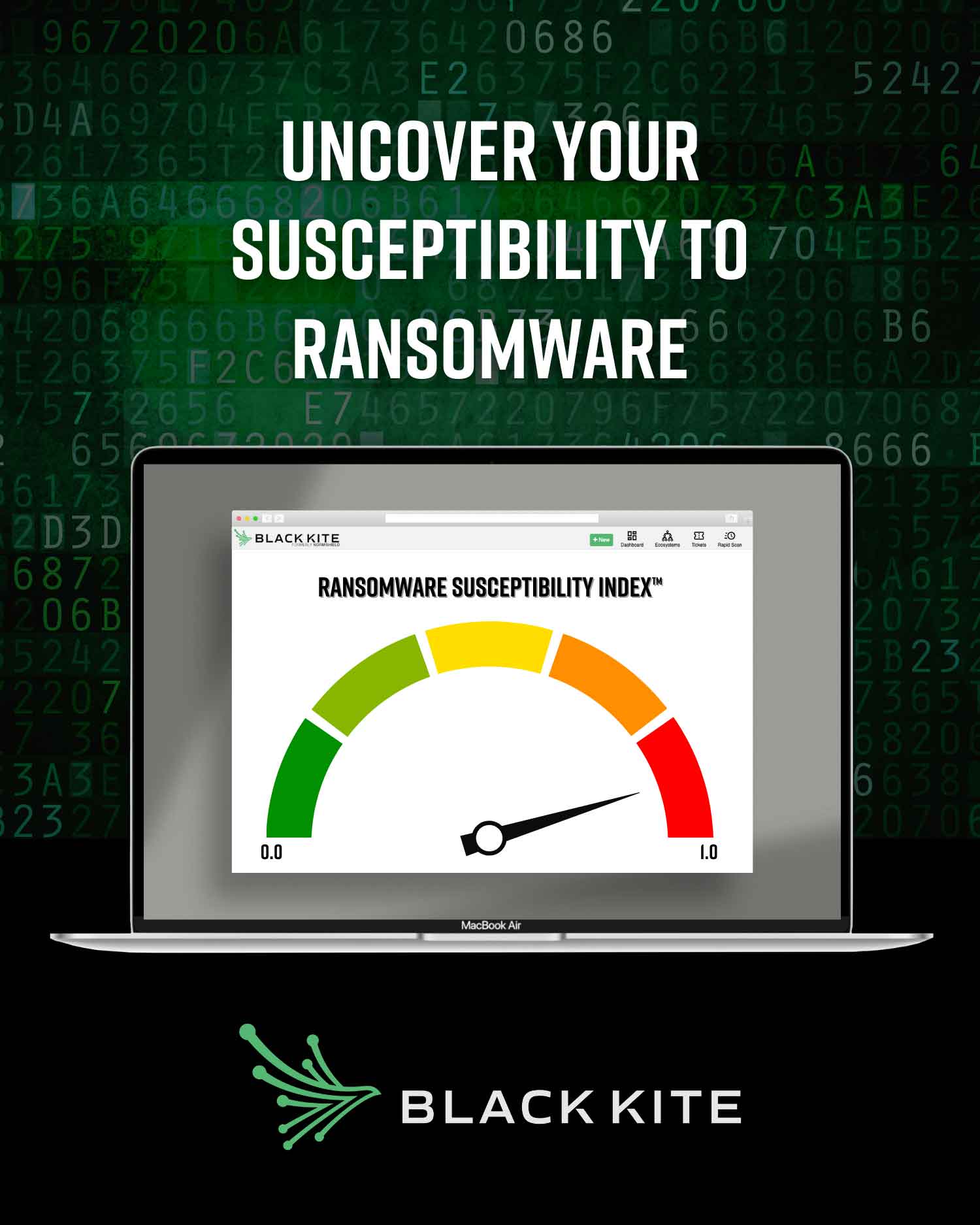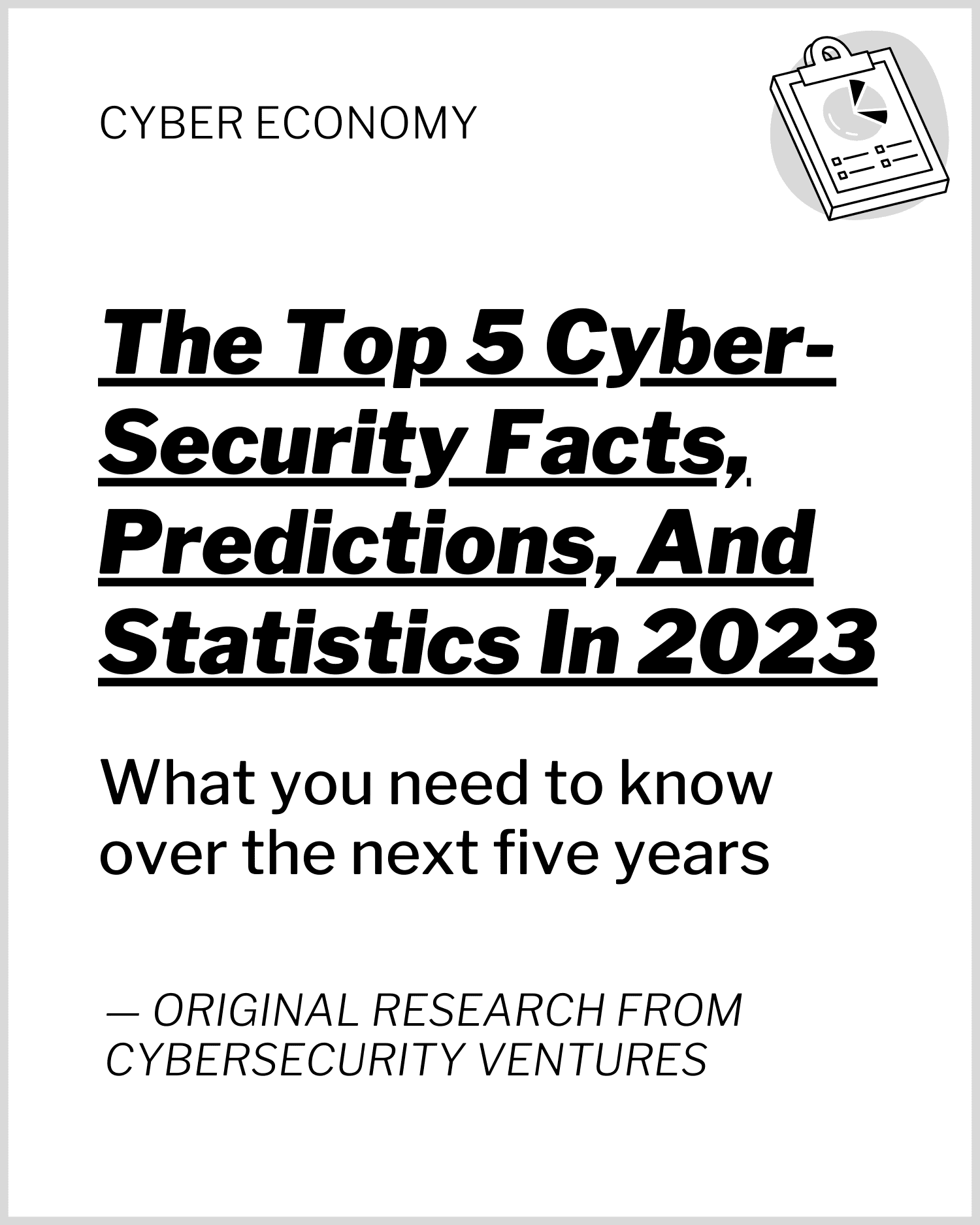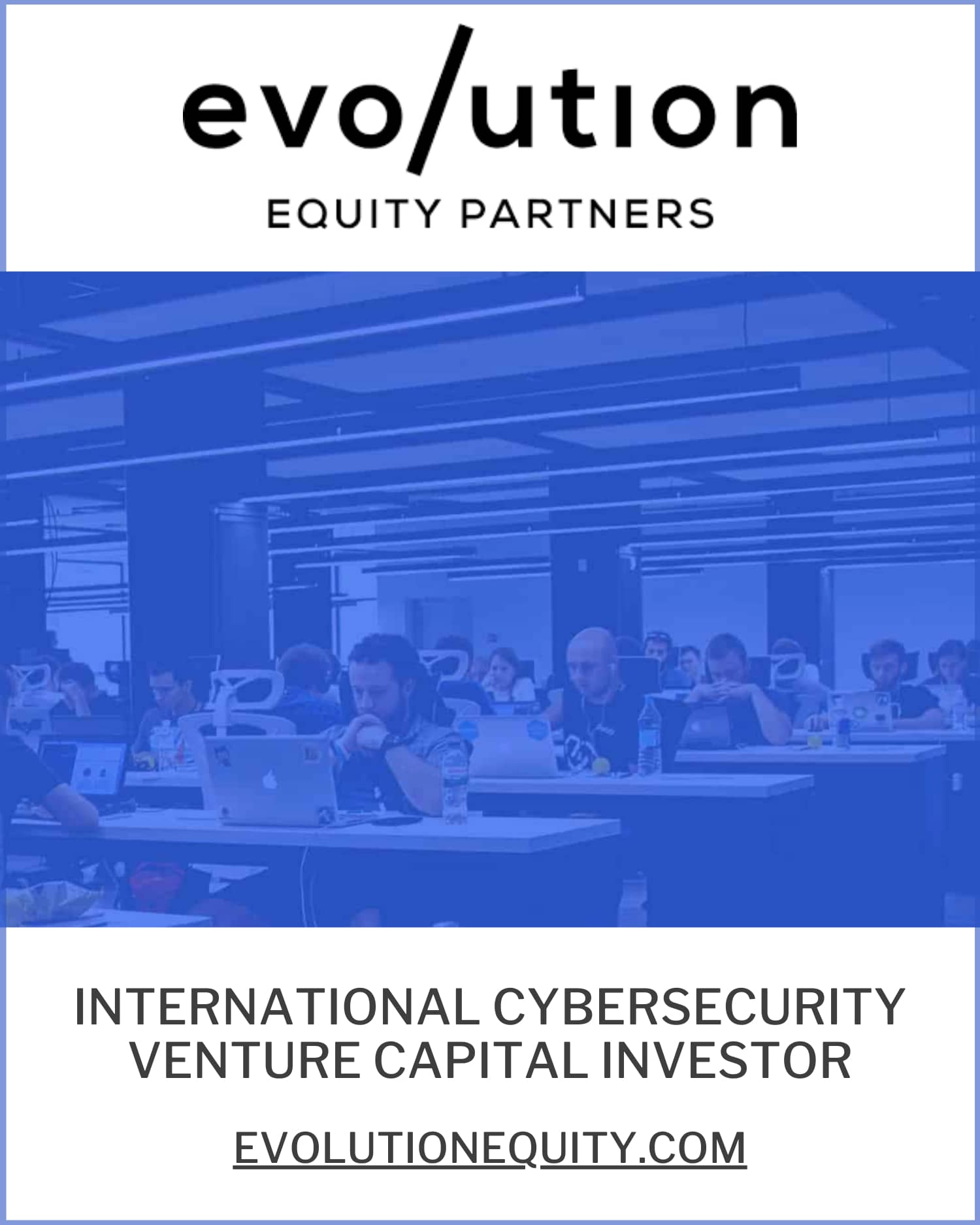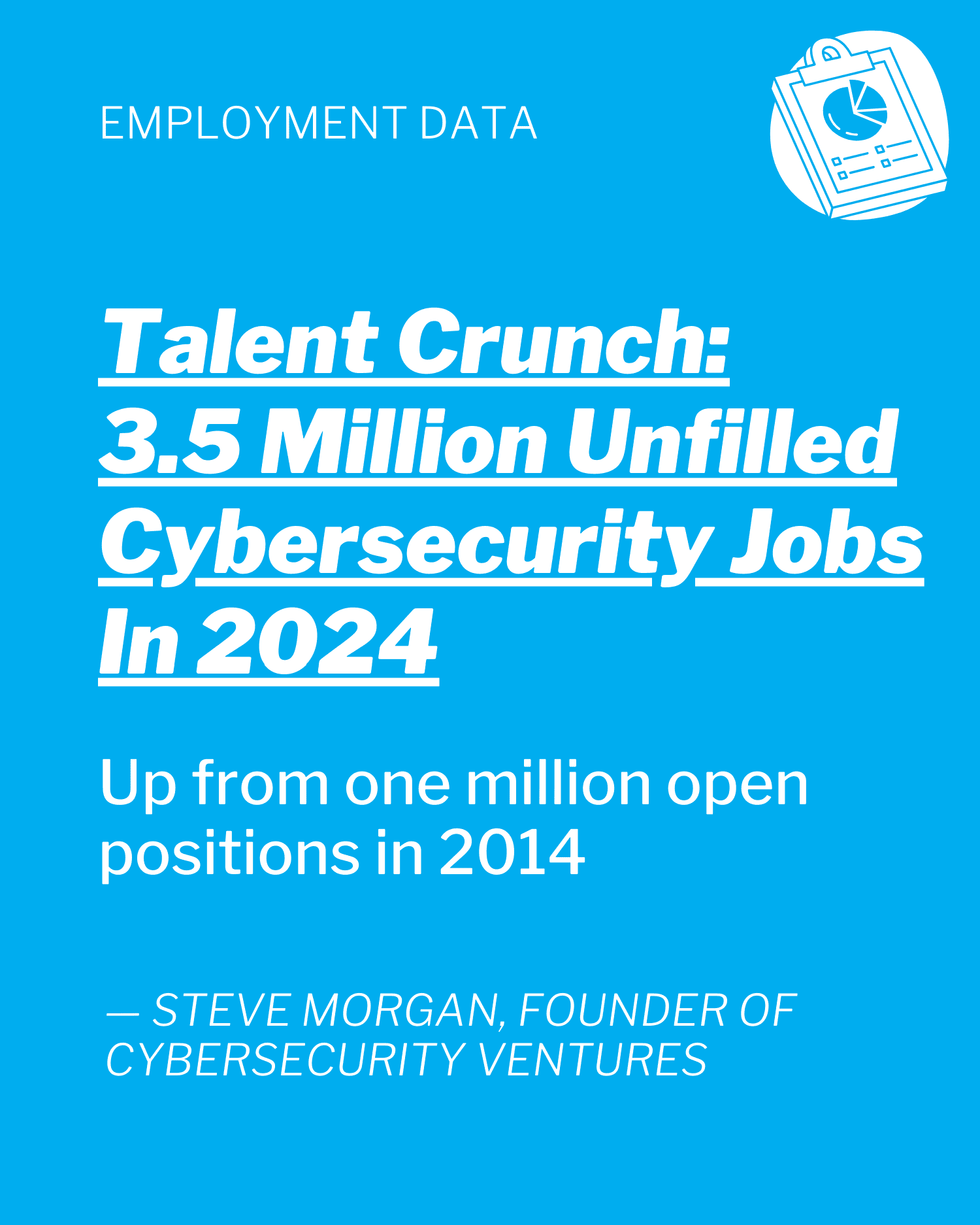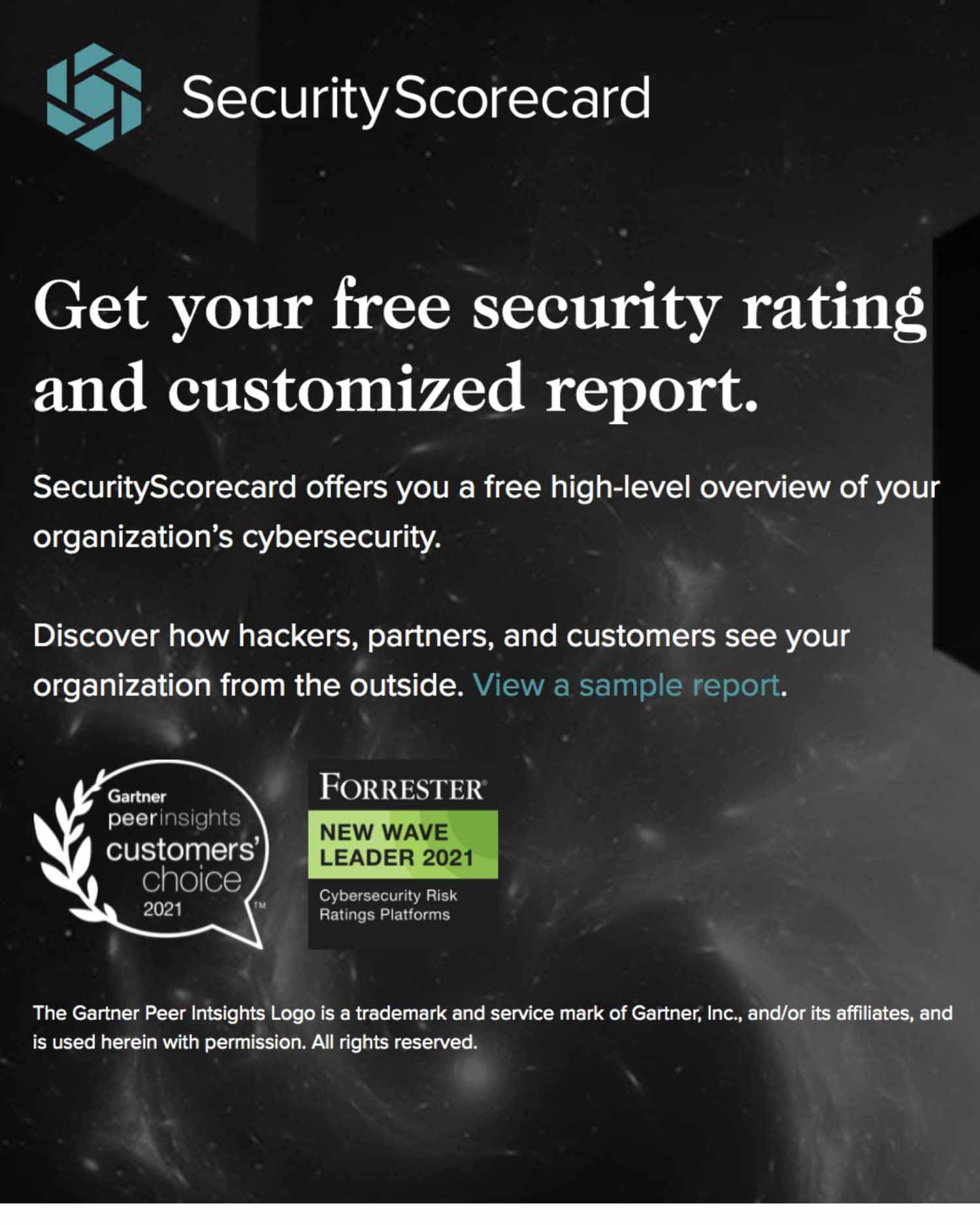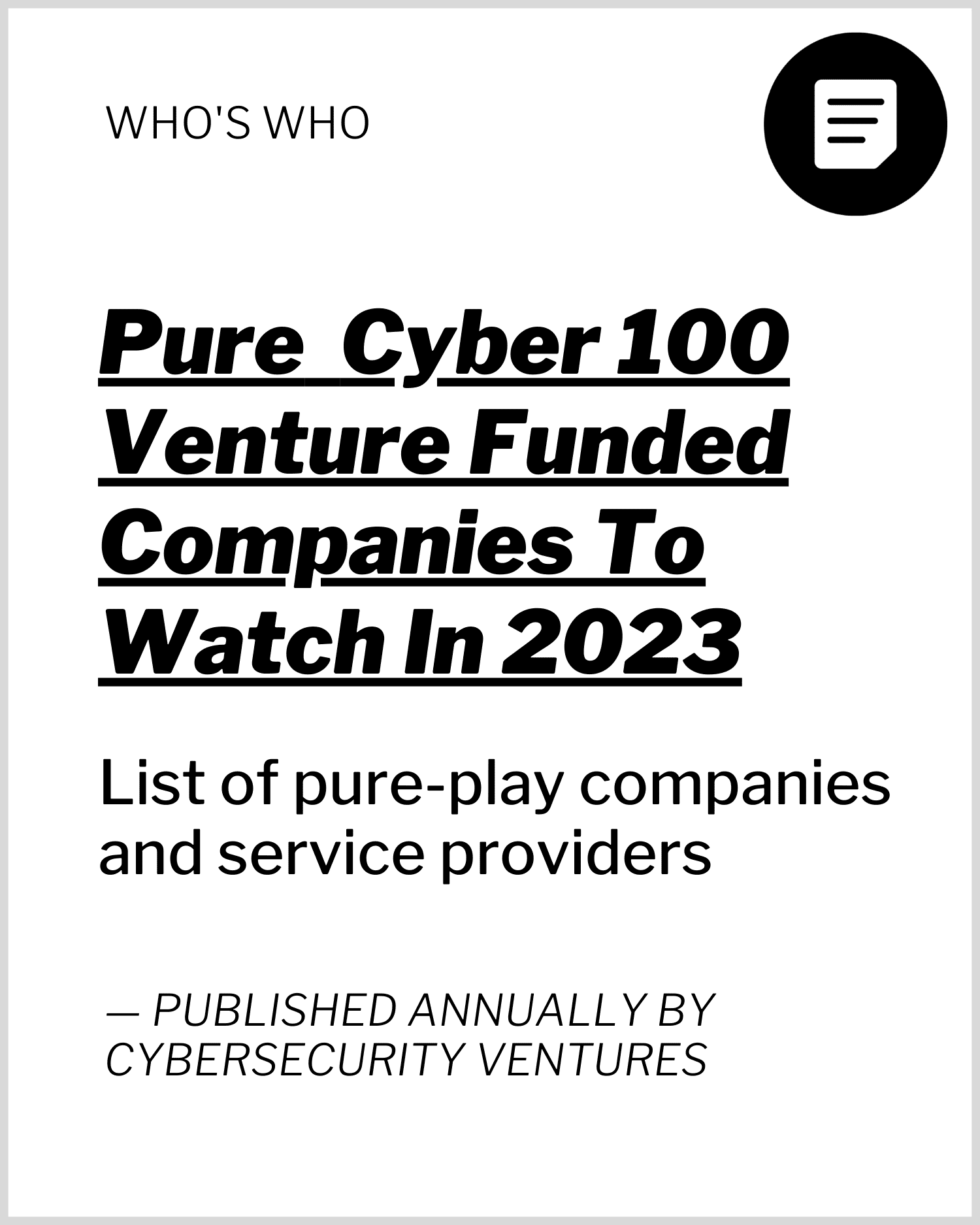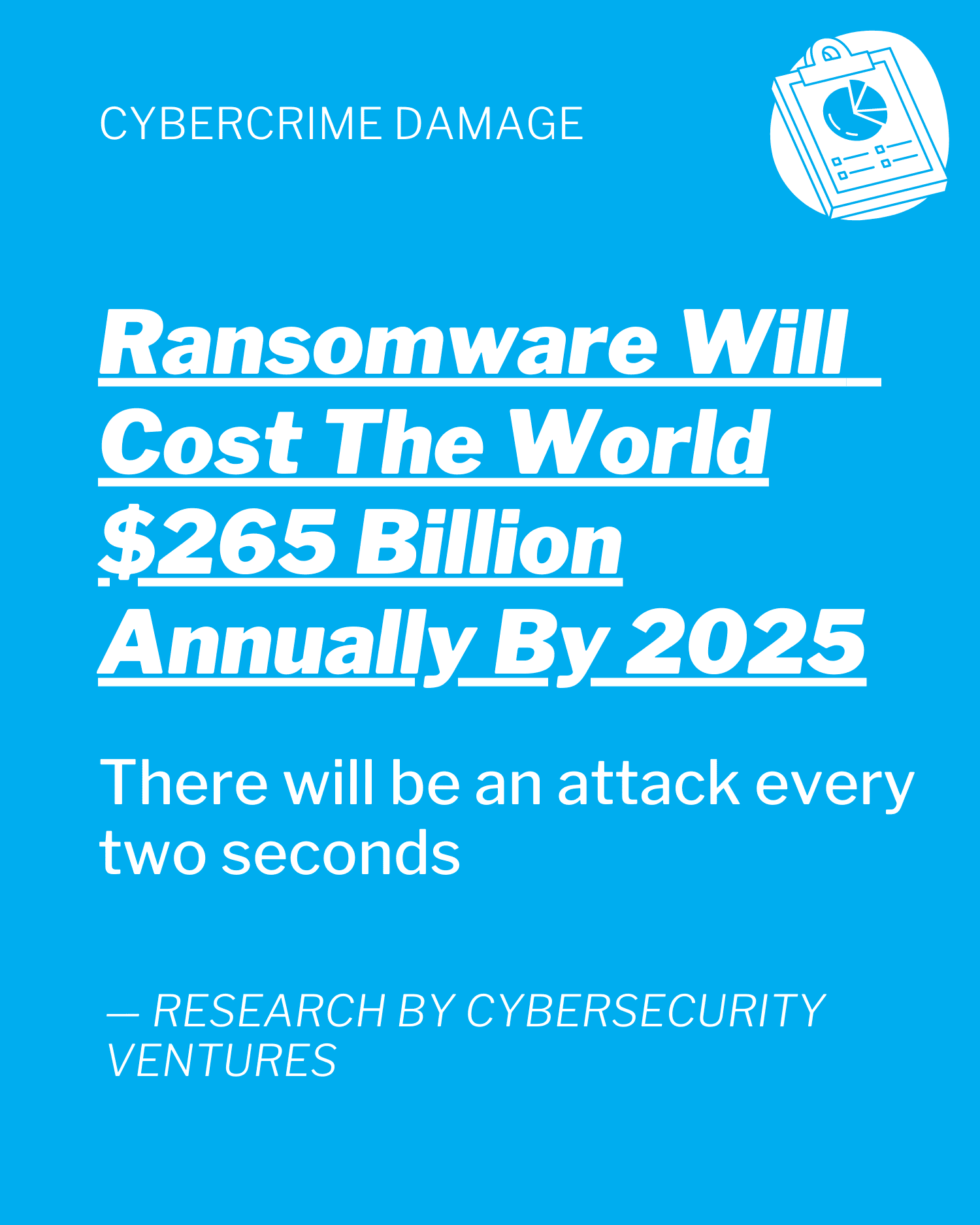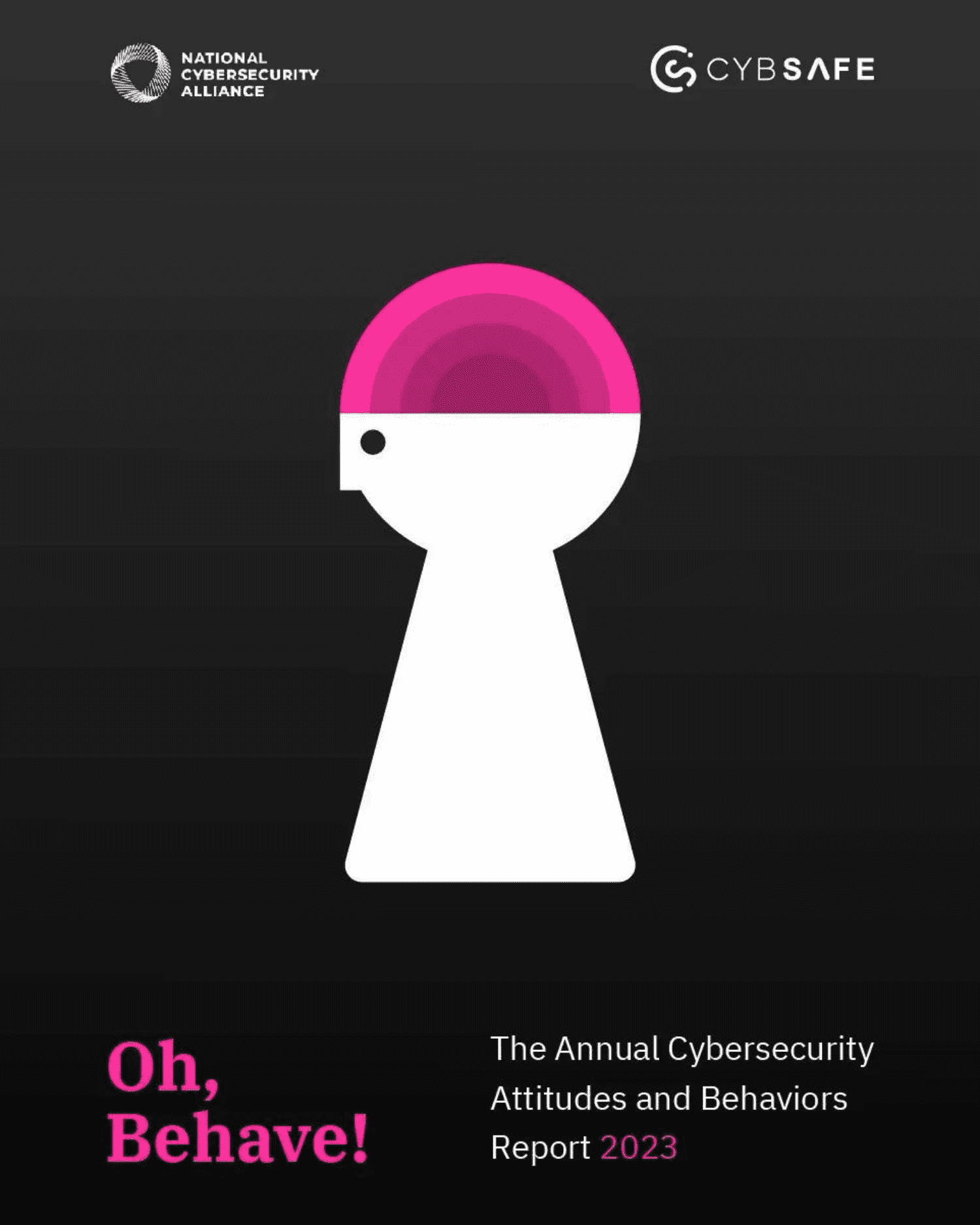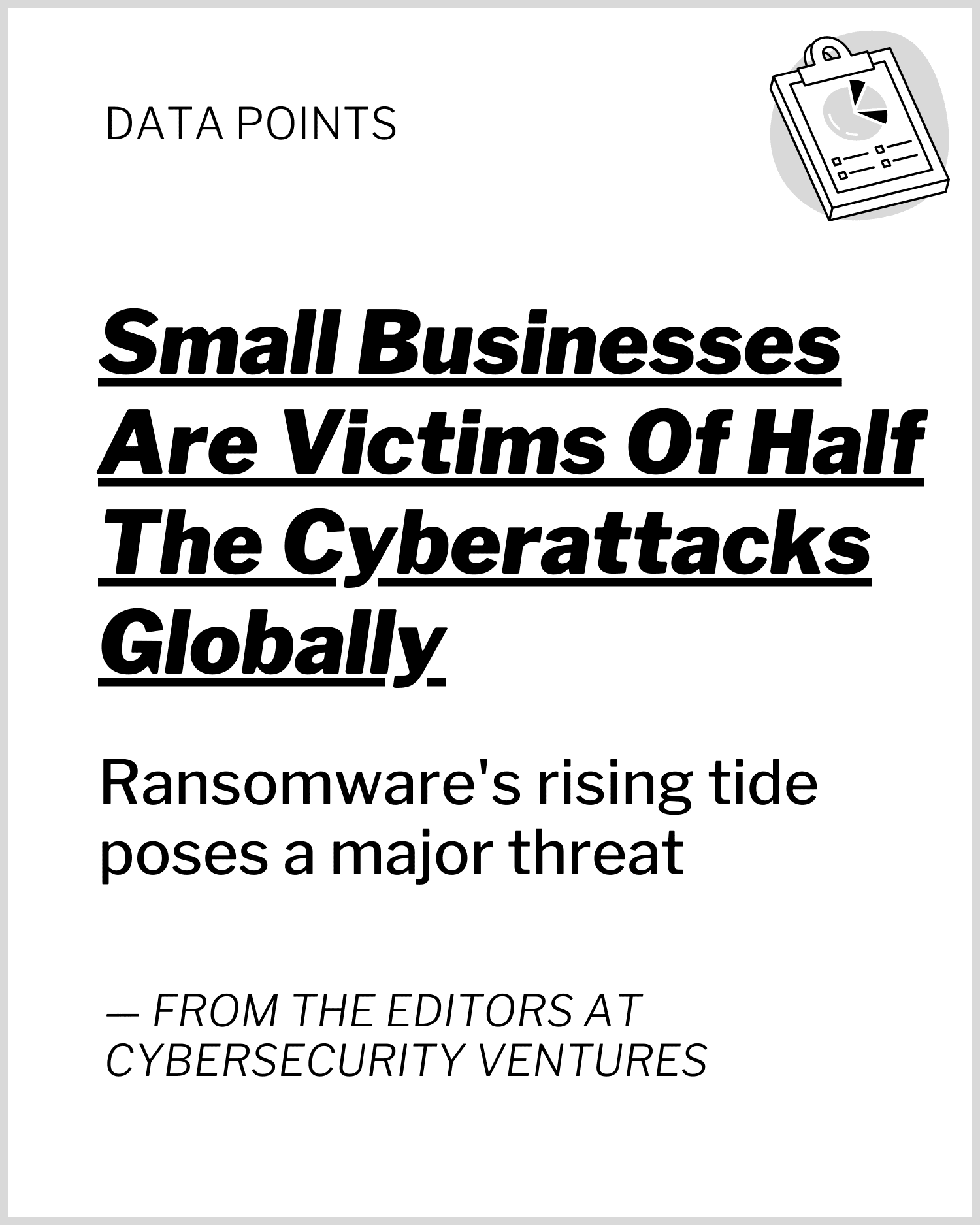TODAY
July 15, 2025 | Latest Posts
PAGE ONE
CYBERSECURITY & HACKER VIDEOS
Subscribe to the Award Winning Cybercrime Magazine YouTube Channel Click Here
CYBERCRIME RADIO
FREE RESOURCES
- SEC CYBERSECURITY DISCLOSURE RULES FOR PUBLICLY TRADED COMPANIES
- CISO GUIDE TO PENETRATION TESTING AS A SERVICE. HOW TO REDUCE RISKS
- ANNUAL CYBERCRIME REPORT. FACTS, FIGURES, PREDICTIONS & STATISTICS.
- RANSOMWARE SUSCEPTIBILITY INDEX RATING & TOOLS
- BOARDROOM REPORT ON CYBERATTACKS, RANSOMWARE, CYBERINSURANCE
- FREE LICENSES: AI-POWERED SECURE BROWSER EXTENSION
- TRUST CENTER FOR SMALL BUSINESSES: DEFEND AGAINST CYBERATTACKS
- FREE DATA RISK ASSESSMENT IN 5 MINUTES. HOW TO BE MORE SECURE
- 7-DAY FREE TRIAL OF THE TOP SWISS HOSTED PRIVATE & SECURE EMAIL
- CISO REPORT: GLOBAL TALLY OF CHIEF INFORMATION SECURITY OFFICERS
- FREE EBOOK ON CREDENTIAL THEFT. PROTECT YOUR USERS & COMPANY
- THE STATE OF OPEN SOURCE SECURITY 2023: TOOLS & TECHNOLOGIES
- A PRIVACY PRIMER ON GENERATIVE AI GOVERNANCE FOR RISK LEADERS
- 30-MINUTE DEMO: THIRD PARTY RISKS FROM A HACKER’S PERSPECTIVE
2025 CYBERSECURITY PUNDITS LIST
Directory Of Industry Experts Compiled By Cybercrime Magazine. Click Here
QUANTUM MINUTE
RESEARCH CENTER
MASTER'S IN CYBERSECURITY
Directory Of M.S. In Cybersecurity Programs At Universities In The U.S. Click Here
HISTORY OF HACKING
- STEVE WOZNIAK, CO-FOUNDER OF APPLE, PHREAKS OUT ON HACKING
- KEVIN MITNICK, WORLD’S MOST FAMOUS HACKER ON THE EARLY DAYS
- PHIL LAPSLEY, AUTHOR, ‘EXPLODING THE PHONE’, PHREAKING HISTORY
- STEVEN LEVY, EDITOR-AT-LARGE, WIRED, ON THE HISTORY OF HACKING
- EVAN DOORBELL, PHONE PHREAK 1970-1987, FROM LONG ISLAND, N.Y.
- ANDY HERTZFELD, ORIGINAL APPLE MACINTOSH TEAM, LOOKING BACK
- SCOTT J. SHAPIRO, AUTHOR, ‘FANCY BEAR GOES PHISHING’ HISTORY
- TILLER RUSSELL, DIRECTOR OF THE MOTION PICTURE ‘SILK ROAD’
- DAVID KUSHNER, REPORTER, ROLLING STONE, ON ROSS ULBRICHT
- JUSTIN CAFFIER, WRITER, MASHABLE, 1ST MODERN-DAY CYBERCRIME
- CRIS THOMAS AKA ‘SPAGE ROGUE’ ON LOPHT HEAVY INDUSTRIES
- JOE GRAND AKA ‘KINGPIN’, HARDWARE HACKER & LOPHT MEMBER
- BRUCE SCHNEIER, TECHNOLOGIST & CRYPTOLOGIST, ON HACKING
- STEVE KATZ, THE WORLD’S FIRST CISO, ON CYBERCRIME IN 1994
LISTEN TO CYBERCRIME RADIO
Don’t miss an episode of the popular Cybercrime Magazine Podcast! Listen Here
CYBERCRIME TV
FIND WOMEN-OWNED COMPANIES
Annual list of cybersecurity companies that are owned and operated by women. Click Here
CYBERSECURITY CALENDAR
List of Upcoming Cybersecurity Conferences In The U.S. And Internationally. Click Here
CYBERSECURITY COMPANIES
- CLOUD RANGE – CYBER RANGE & SIMULATION TRAINING PLATFORM
- SECURITYSCORECARD – THE LEADER IN SECURITY RATINGS
- PIPL – THE #1 SOURCE FOR ONLINE IDENTITY & TRUST
- STELLAR CYBER – AI DRIVEN NEXT GEN OPEN XDR PLATFORM
- BREACHLOCK – PENETRATION TESTING AS A SERVICE (PTAAS)
- CYERA – THE DATA SECURITY YOU’VE BEEN WAITING FOR
- OKTA – EVERYTHING STARTS WITH IDENTITY. LEARN WHY.
- SENHASEGURA – PRIVILEGED ACCESS MANAGEMENT
- PENTERA – AUTOMATE TESTING ACROSS ATTACK SURFACE
- SEKUR – SWISS HOSTED EMAIL, 100% PRIVATE PLATFORM
- BLACK KITE – AUTOMATED CYBER RISK MONITORING
- KIVU – WE FIGHT CYBERCRIME. WE PROTECT HUMANITY.
- MASTERCARD – TRUST CENTER FOR SMALL BUSINESSES
- SECUREWORKS – AI DRIVEN CYBERSECURITY SOFTWARE
HOT CYBERSECURITY COMPANIES
Annual list of the world’s 100 hottest pure-play cybersecurity companies. Click Here
CYBERSECURITY CAREERS
Women In Cybersecurity
Resource Guide with Reports, Lists, Videos, Associations, and Companies. Click Here
CYBERCRIME CARTOON
HOW TO SPOT A PHISHING SCAM
Infographic on the top 10 signs to watch out for. Download PDF
IN CASE YOU MISSED IT
HACKER MOVIES
The Complete List Of Hacker and Cybersecurity Movies Since 1969, Version 2.0. Click Here
Sponsored Links
- UNCOVER THE ENTIRE DIGITAL FOOTPRINT OF ANY PERSON
- CONCEAL IS AI-POWERED DETECTION, PREVENTION & EDUCATION
- FBC GOV TECH AND CYBERSECURITY CONFERENCES
- SIMPLE & SCALABLE PENETRATION TESTING FROM BREACHLOCK
- OKTA EMPLOYEE & CUSTOMER IDENTITY SOLUTIONS
- MASTERCARD TRUST CENTER: DEFEND AGAINST CYBERATTACKS
- CYBER DEFENSE & FRAUD PREVENTION FOR PAYMENT SECURITY
- C-SUITE LIBRARY: BOARDROOM CYBERSECURITY REPORT
- EVOLUTION EQUITY: TOP CYBERSECURITY VENTURE CAPITAL FIRM
- BLACK KITE: HOW WE GOT HERE. A CYBERSECURITY STORY
- PROTECT IT ASSETS & SIMPLIFY COMPLIANCE WITH CIMTRAK
- WIRELESS TOOLS FOR CYBERSECURITY, TESTING & SAFETY
- FORTALICE FOR C-SUITE & BRAND CYBER PROTECTION
- CODE42 INCYDER DATA PROTECTION FOR INSIDER THREATS




